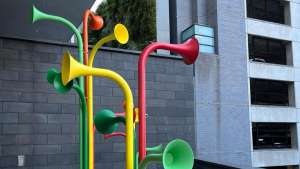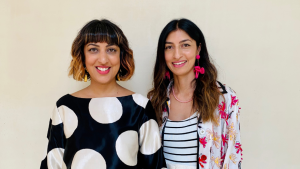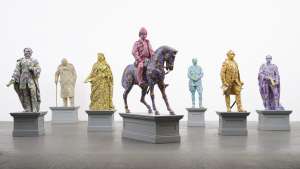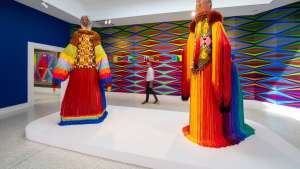After visiting the Isaac Psychoeducational Center, Andrea Constante and Paola Suárez, Ecuadorian Graphic Design students, noticed that there was a lack of specialised educational material for children on the autism spectrum. For their final undergraduate project they decided to try and bridge this gap.
Constante and Suárez are former students of Espol (Escuela Superior Politecnica del Litoral) and their board game, Glou, won the Social Responsibility Award at the 2017 Latin American Design Awards for students.
“We proposed to create a playful game with a playful character that develops the skills, competences and abilities of the child, while still having fun,” says Constante about their project.
Constante and Suárez were first introduced to social impact design during their studies when they had to design a project based on their interactions with visually impaired people. Constante described that in order to understand their experience, and create a product for visually impaired people, it was necessary to engage with them. “I learned about some of their needs and the physical and communication obstacles which they face.”
From this experience, Constante and Suárez decided to focus on helping people with disabilities in their future designs. They, therefore, agreed to work on something that benefits children with Autism Spectrum Disorder for their undergraduate final.
Glou is an educational board game where the goal is to reach the Moon after defeating a number of obstacles. The teachers guide the children as they roll the dice which reveals their next obstacle. Each obstacle is a different activity described in the cards which come with the game.
Glou aims to improve the fine motor skills, ability to respect a set of rules and the interaction with others of children on the autism spectrum. It incorporates sensory lights, as according to Constante, “lighting helps create better environments for everyone, but especially for people with autism, because they are more sensitive to stimuli.”
Constante and Suárez interviewed therapists, psychologists and parents in order to ensure that their game was relevant to their target audience.
“Field visits were made in different establishments, where we observed and interacted with children with autism inside and outside the classroom. We learned their routine and behaviors, how they interacted with other people, [and] the type of communication they used.”
Along with their empathy-driven investigation, they also researched autism; the symptoms, causes and general needs.
The research helped Constante and Suárez “to define the communication method, the therapy, the design and the gameplay structure” that they would use in creating Glou.
Constante and Suárez hope to see their game in the market once they manage to secure funding. “Currently, the psychologist and president of the Isaac Psycho-educational Centre, Maria Lorena Espinoza, [...] is interested in the game going to the market.”
Human-centred design-thinking teaches students to find creative solutions to problems through directly communicating with the target audience to create a more focused product or service. Therefore, it is an especially valuable skill when applied to social impact issues, such as with Glou. The end result not only improves the lives of others, but also creates an empathetic relationship between the designer and the user.
More on social impact design:
Online platform activates movement against police brutality








